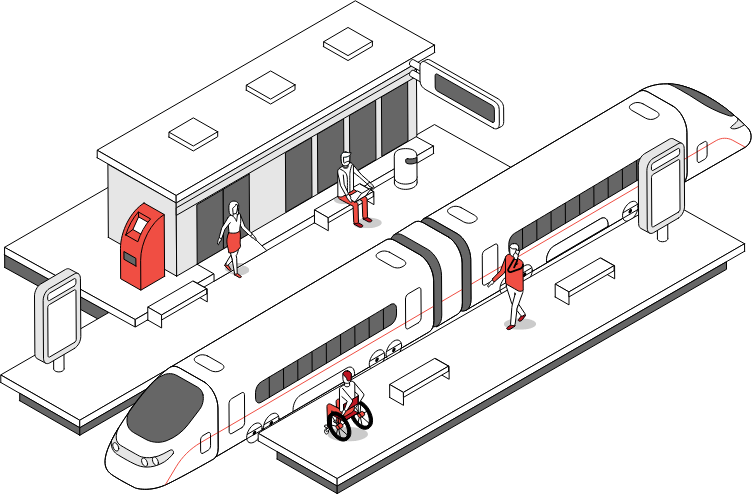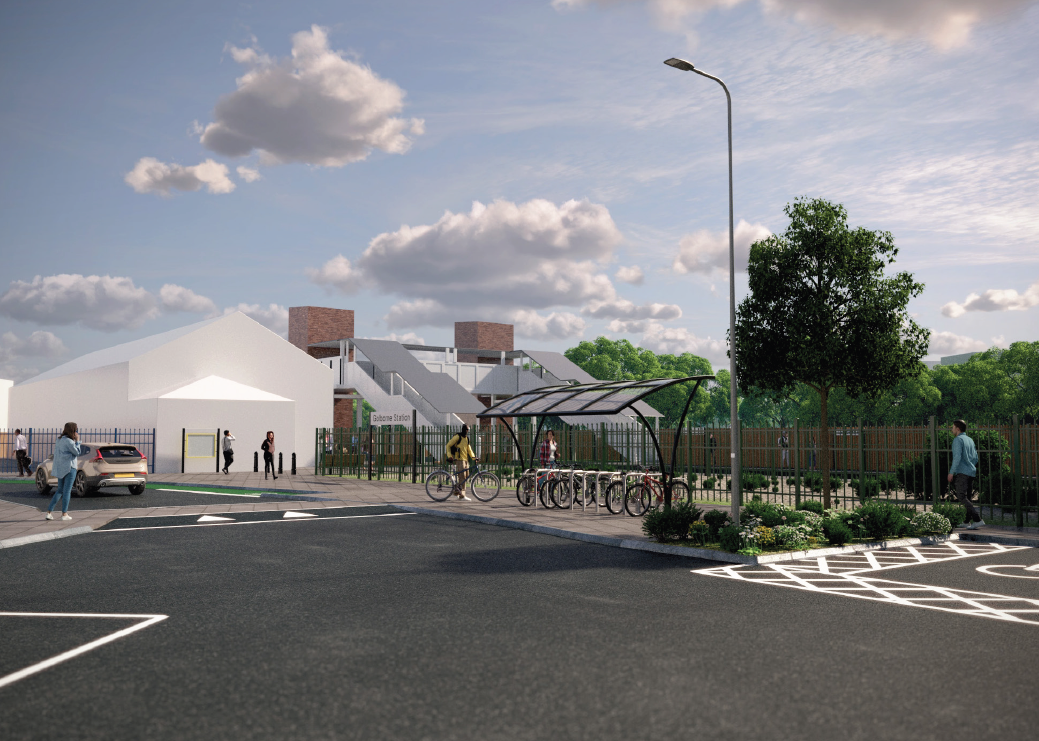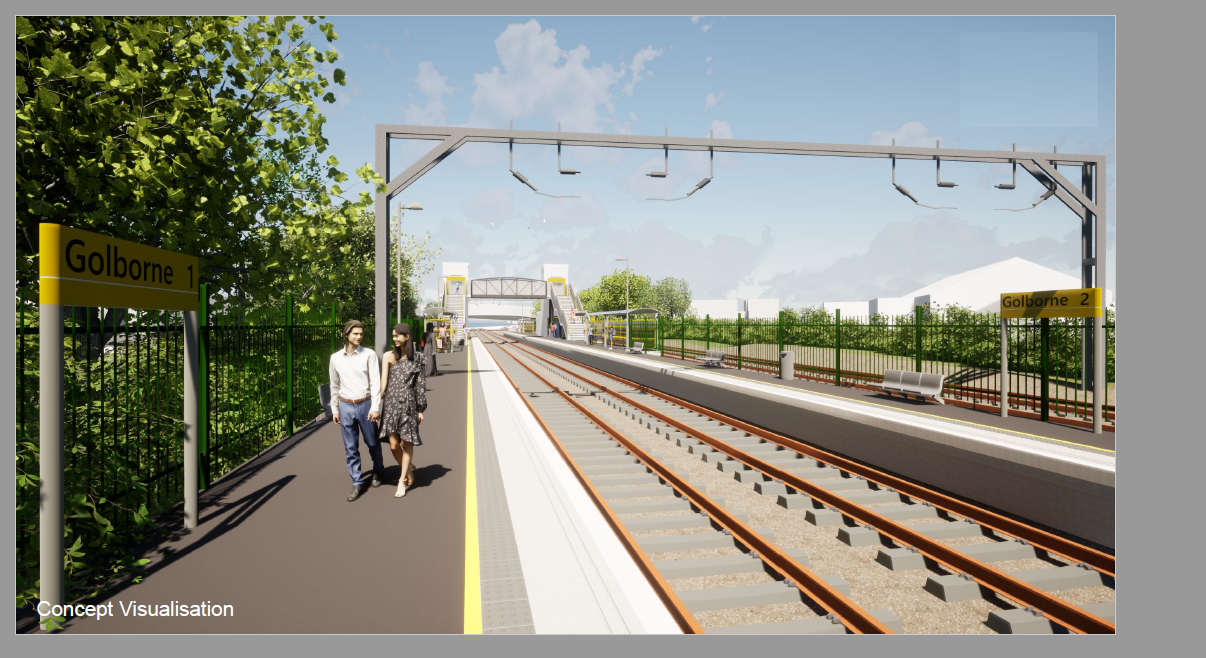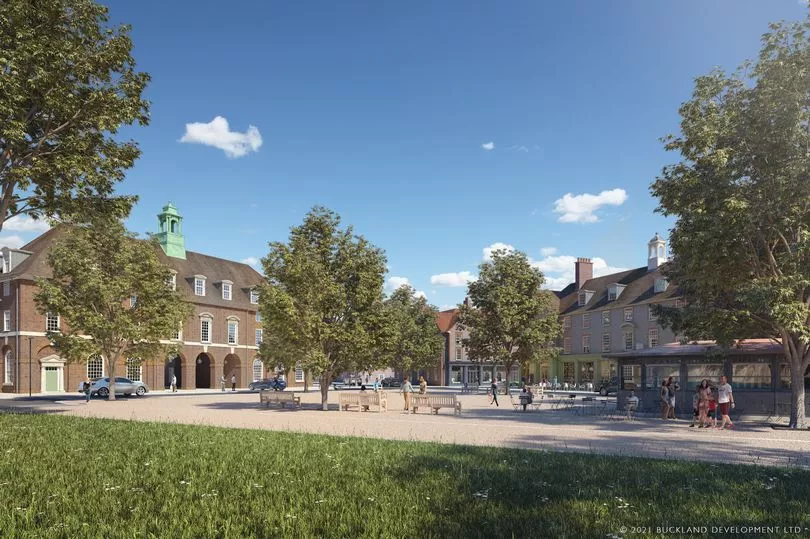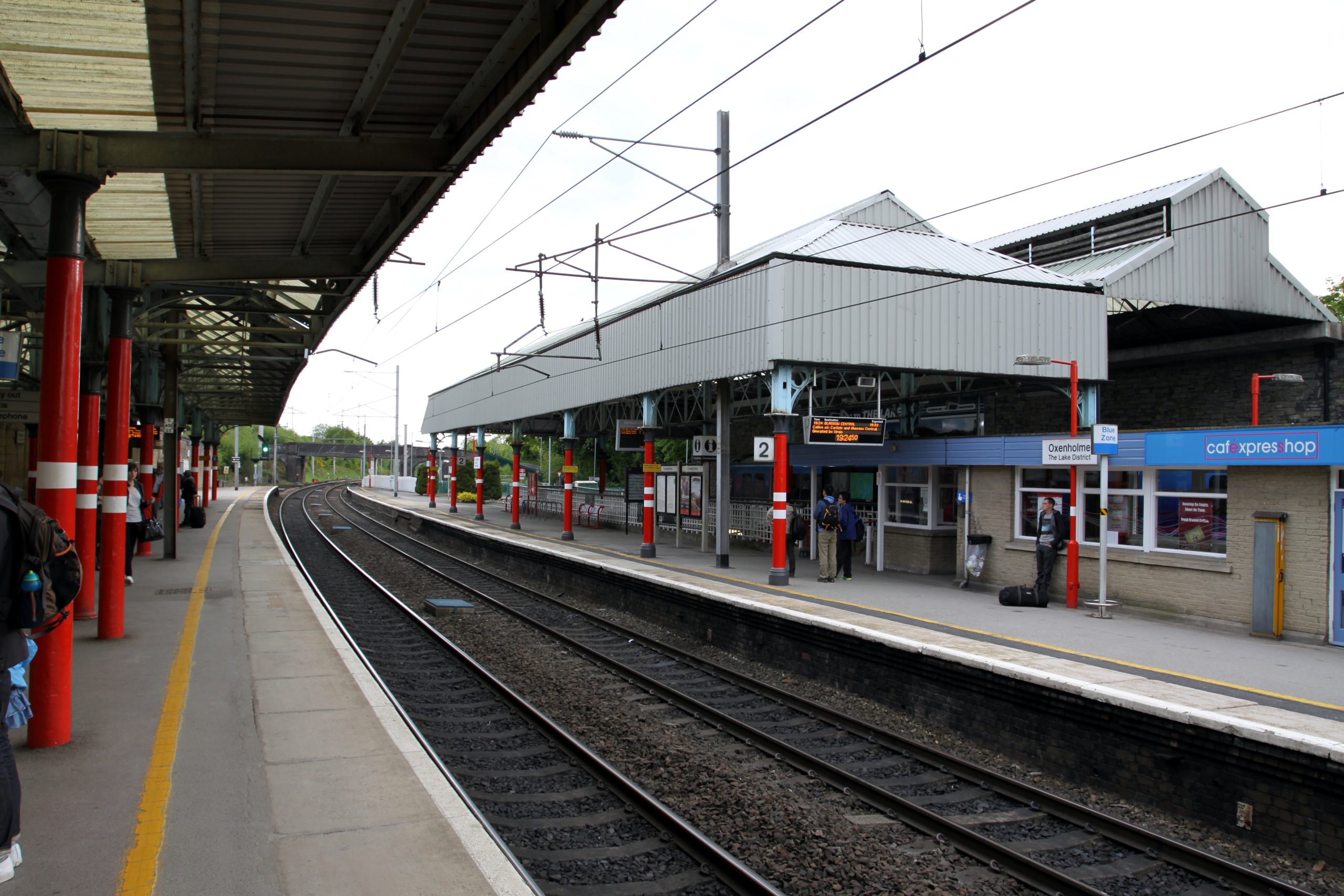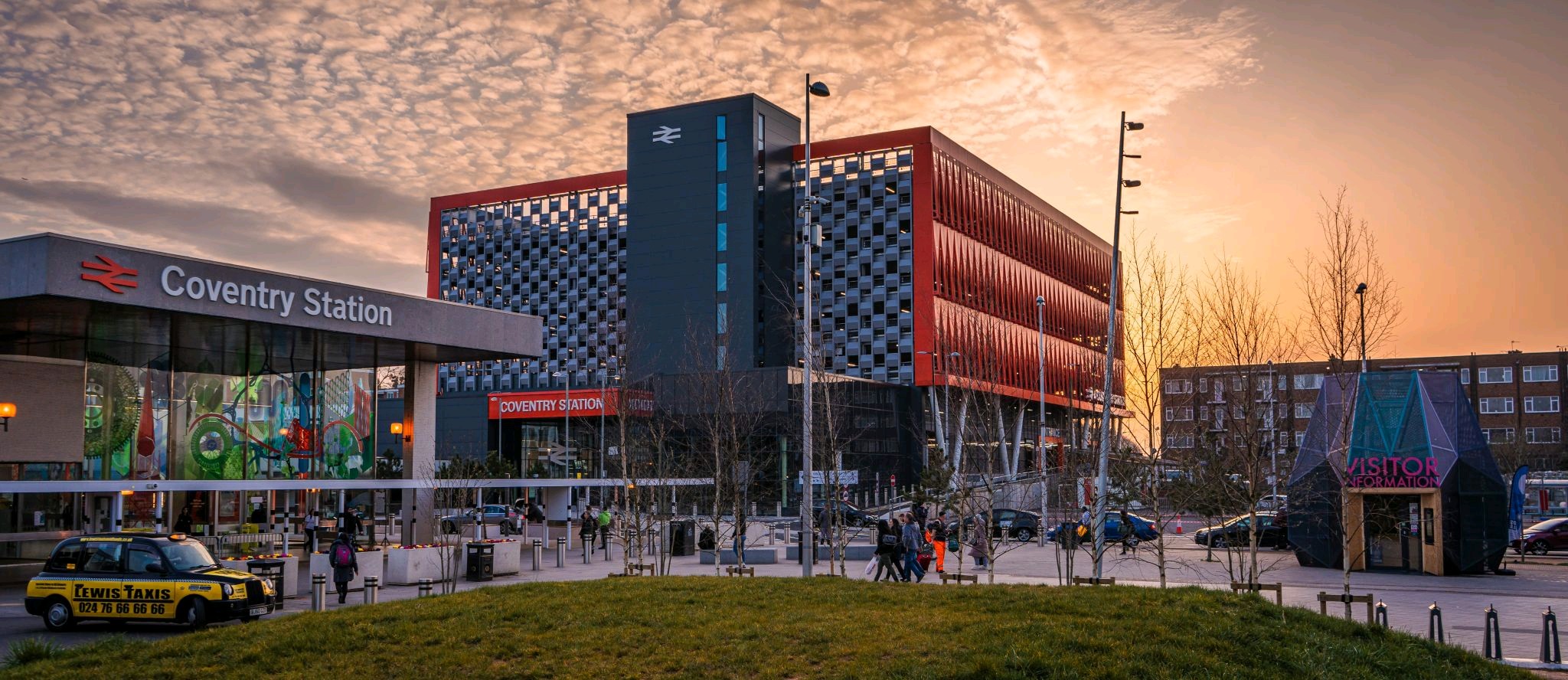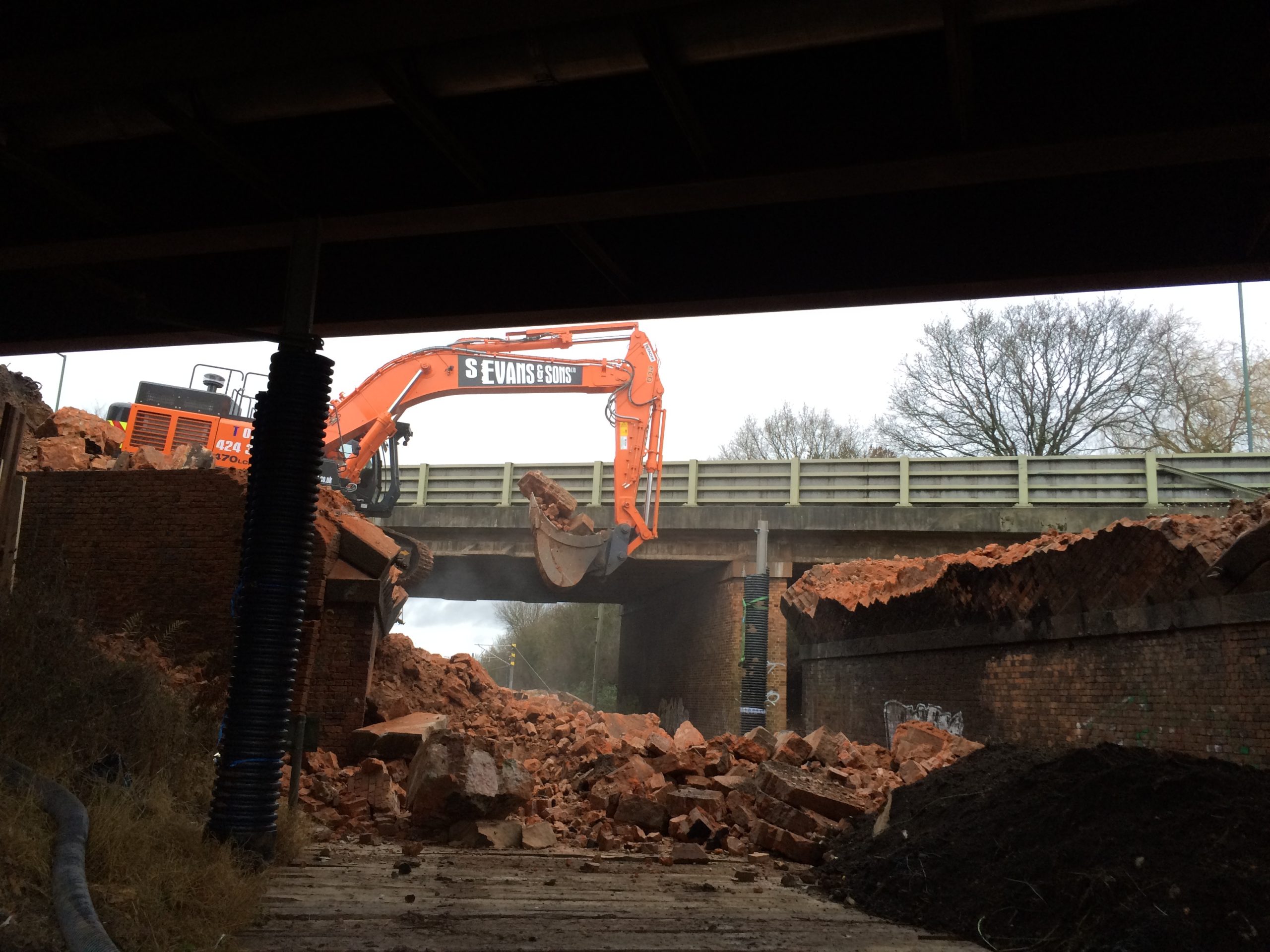Golborne railway station
The development of the new railway station at Golborne, Greater Manchester, is an essential project that addresses policy objectives. At the development stage, SLC Rail and AECOM, played a major part in delivering an affordable option that will be taken forward in mid-2023.
Project Overview
Golborne is one of the larger towns in Greater Manchester without a railway station, and anyone going into the city centre must go by road. The Greater Manchester’s Mayor recognises the lack of transport options inhibits access to jobs, education and leisure activities. The situation is the cause of high levels of carbon emissions that are detrimental to the environment and public health.
An early business case looked at these deficiencies and the report concluded that funding should be provided to develop a new railway station at Golborne.
Along with AECOM, we were awarded the commission by our client, Transport for Greater Manchester (TfGM), to develop a station-preferred option and produce the Outline Business Case (OBC). We successfully delivered the report in April 2023.
What we did
For strategic reasons, the station had to be situated near Golborne’s town centre, which sits on the West Coast Main Line. The proposed location is constrained as it is situated between two ‘road over rail’ overbridges and is close to residential properties. Given these constraints, the team could only develop options for constructing the station on either the Fast Lines or the Slow Lines. Although technically feasible, both were deemed unaffordable and suffered from a lack of support from the key rail industry stakeholders.
Adopting ‘The SLC Way’ principle of helping the Client understand what they need, we took a step back to reassess options and look for alternatives. Acknowledging a station is part of a wider ‘railway system’, we used the benefits of its whole in-house team to identify an alternative solution, and one was found.
One of the main constraints was the reduced height of the overhead electric wires at the A573 overbridge. To achieve a compliant distance between the new station platform and the overhead line equipment, the station footprint was identified to be located south of the bridge. This, however, would have caused conflict with the reduced offset between the Fast and Slow lines, thus causing an expensive track rebuild. Locating the station near to the A573 overbridge was initially ruled out due to non-compliant electrical clearances at the platforms, this is a significant project risk.
Noting a change in Railway Standards relating to how overhead electrical clearance risks can be managed, we proposed a risk-based approach. Independent advice was sought, along with views from Network Rail over acceptability and confidence of proceeding with the design. Following the Common Safety Method for Risk Assessment (CSM-RA) and adopting an ALARP (As Low As Reasonably Practicable) approach, this allowed the team to develop a preferred option that was deemed affordable and was supported by the Client and Network Rail. This enabled the OBC to be submitted with a viable Benefit to Cost Ratio (BCR).
Key achievements
- Delivering the Outline Business Case that featured a preferred option that is affordable and can proceed to outline design.
- Satisfying the Client’s needs and proving to be a trusted rail expert.
- Using the SLC Way culture, we reassessed the initial options, including Railway Standards, and developed an alternative option for a station location
- Receiving satisfaction feedback from the Client over our work in delivering the Business Case.
Key challenges
- Confirming the optimal site for the station.
- Assessing the viability of an option that included non-compliant electrical clearances.
- Achieving support from Network Rail over the use of CSM-RA to manage the future risk electrical clearances at the design stage.
- Producing a Business Case that would give confidence to TfGM and the scheme funder that the preferred option is affordable and can proceed to the next design stage.
Next steps
Following our work, TfGM has the confidence to proceed to the next stage of the Golborne project. Along with AECOM, we helped draft tender documentation for the next stage covering outline design and NR design approval activities. To satisfy Treasury rules, the next stage will also produce a Full Business Case to detail the expected final cost and programme for construction.

